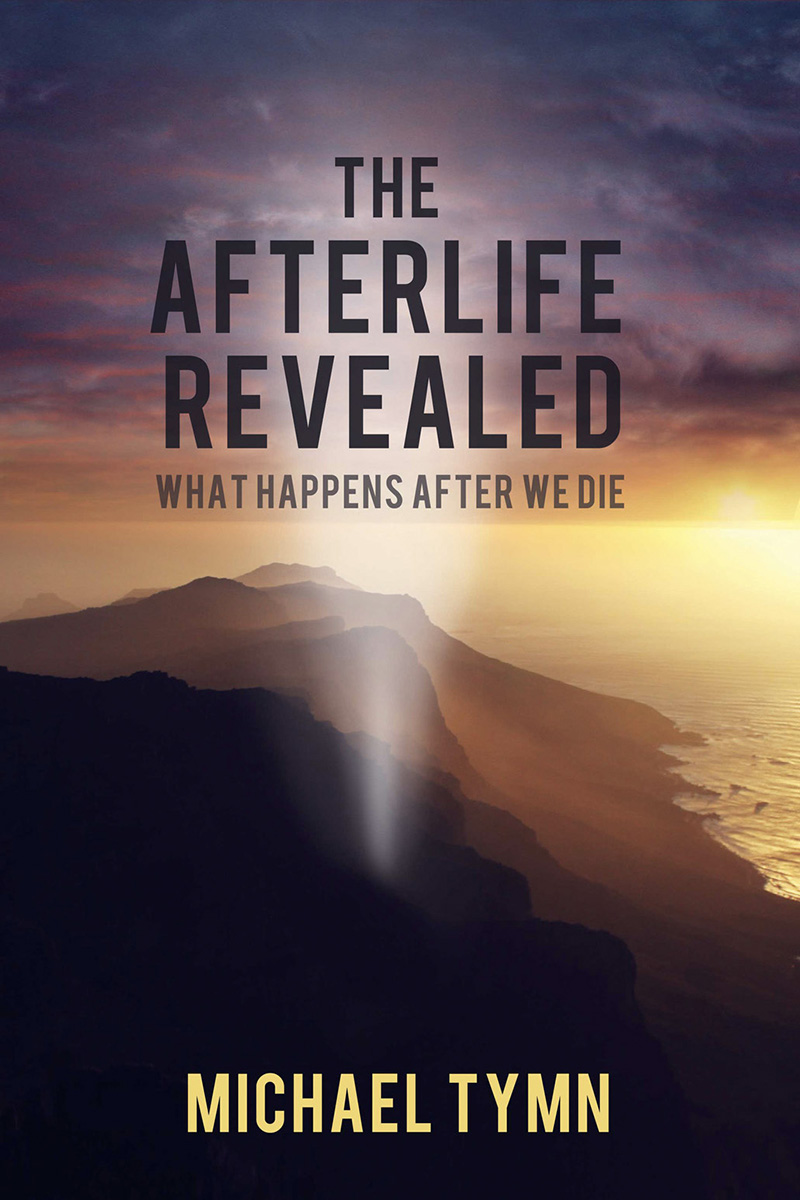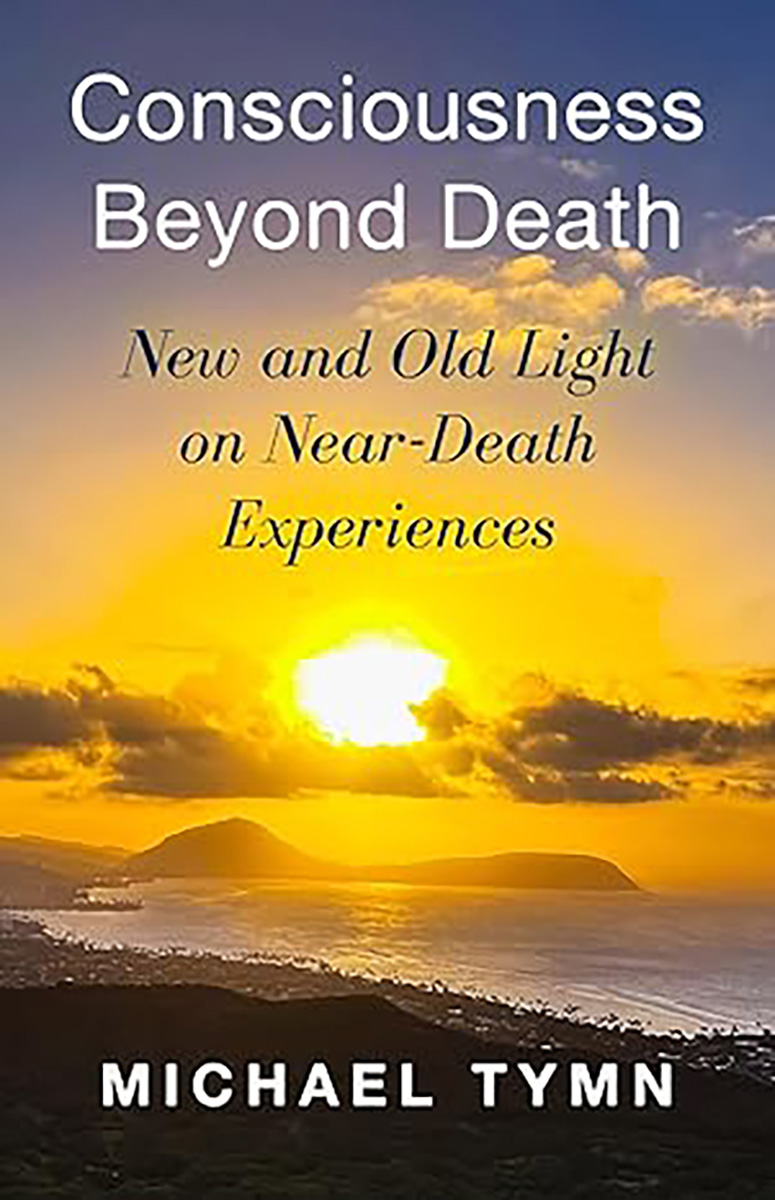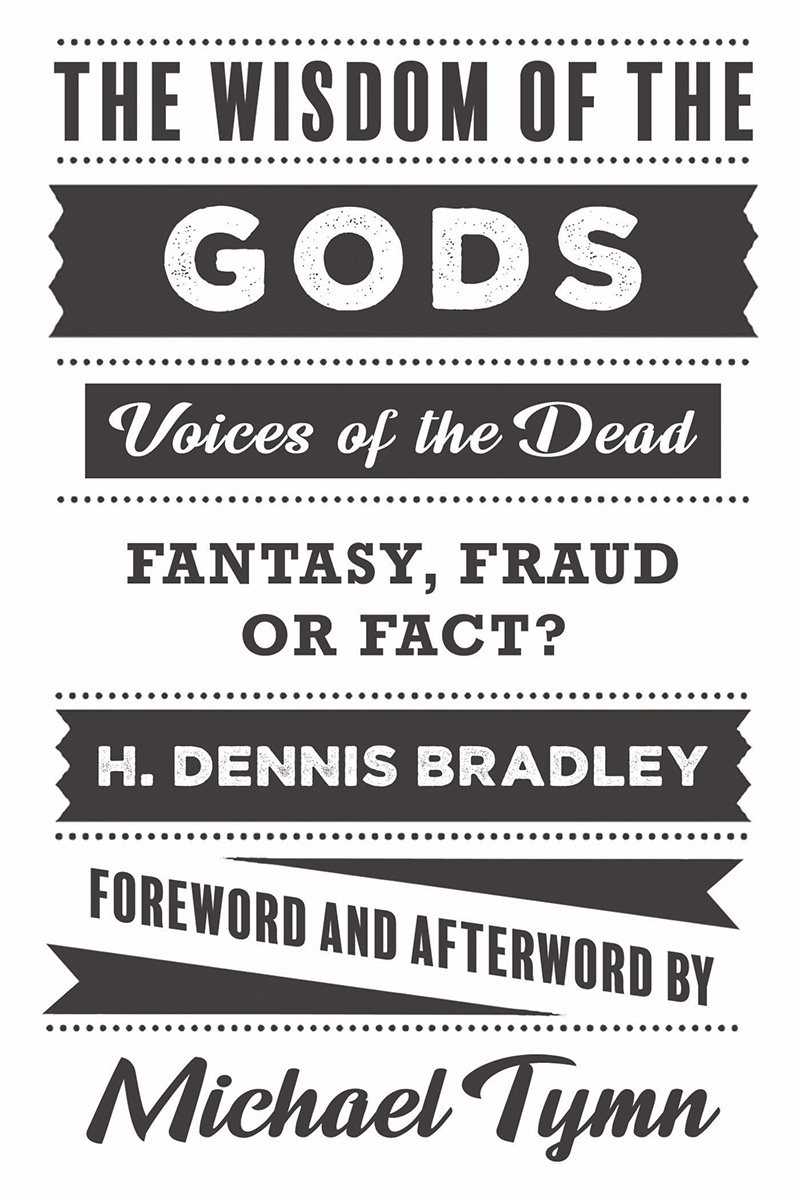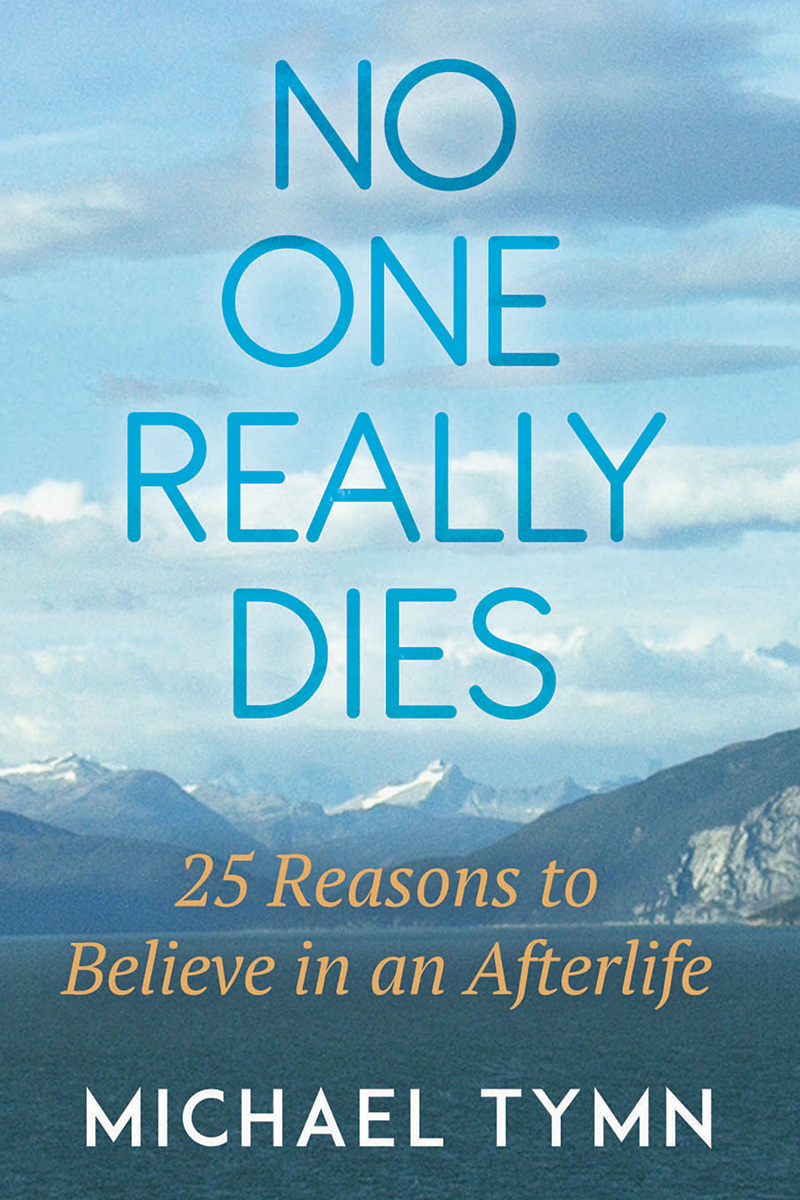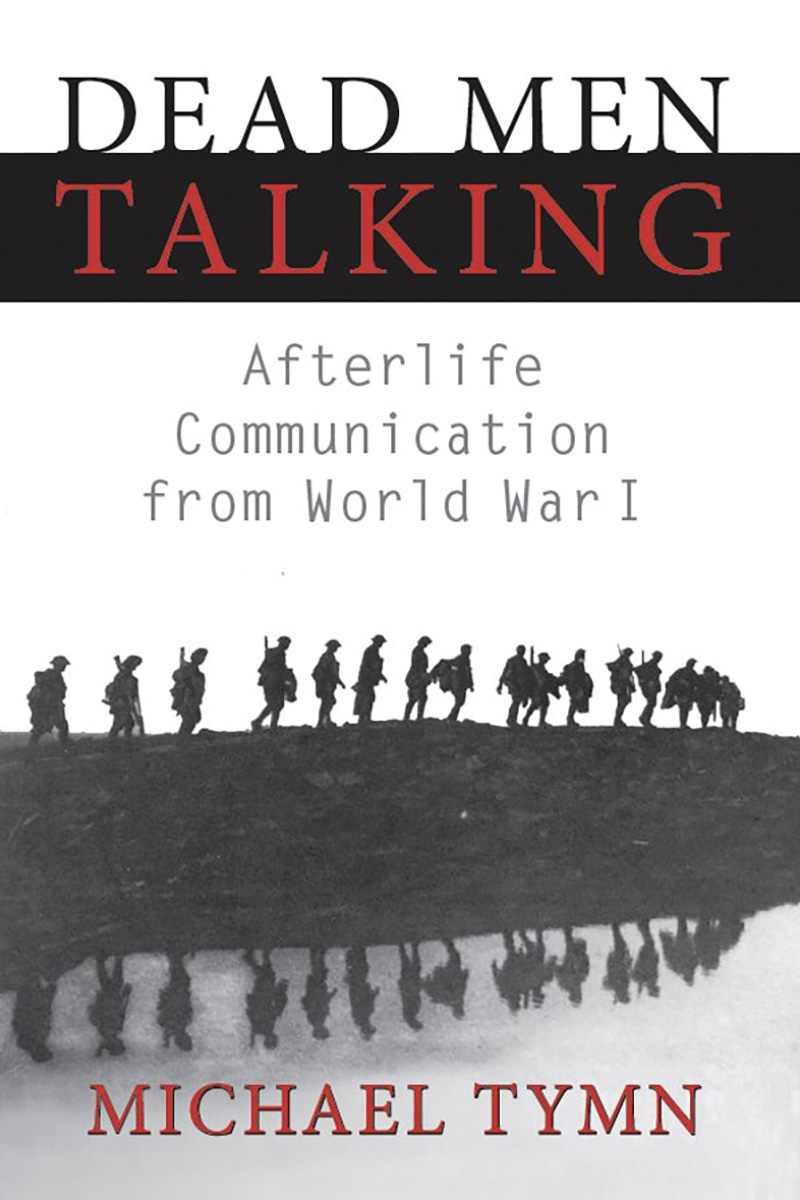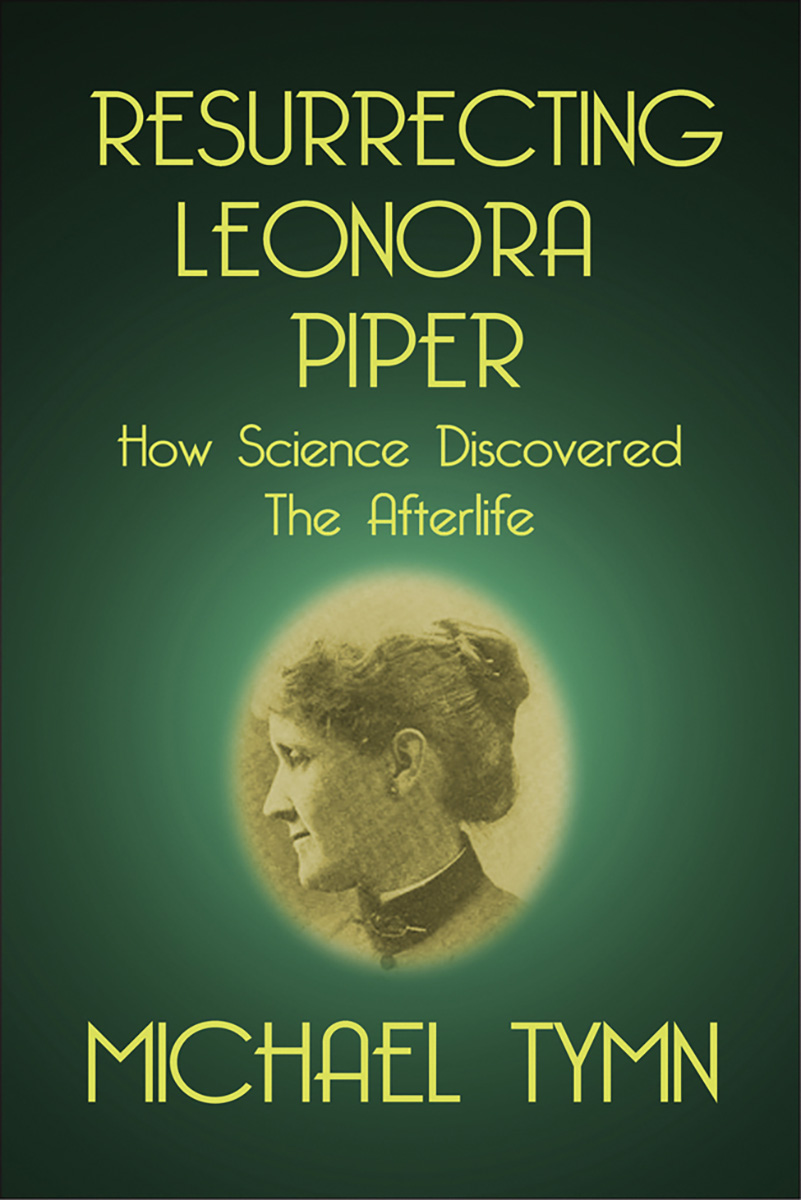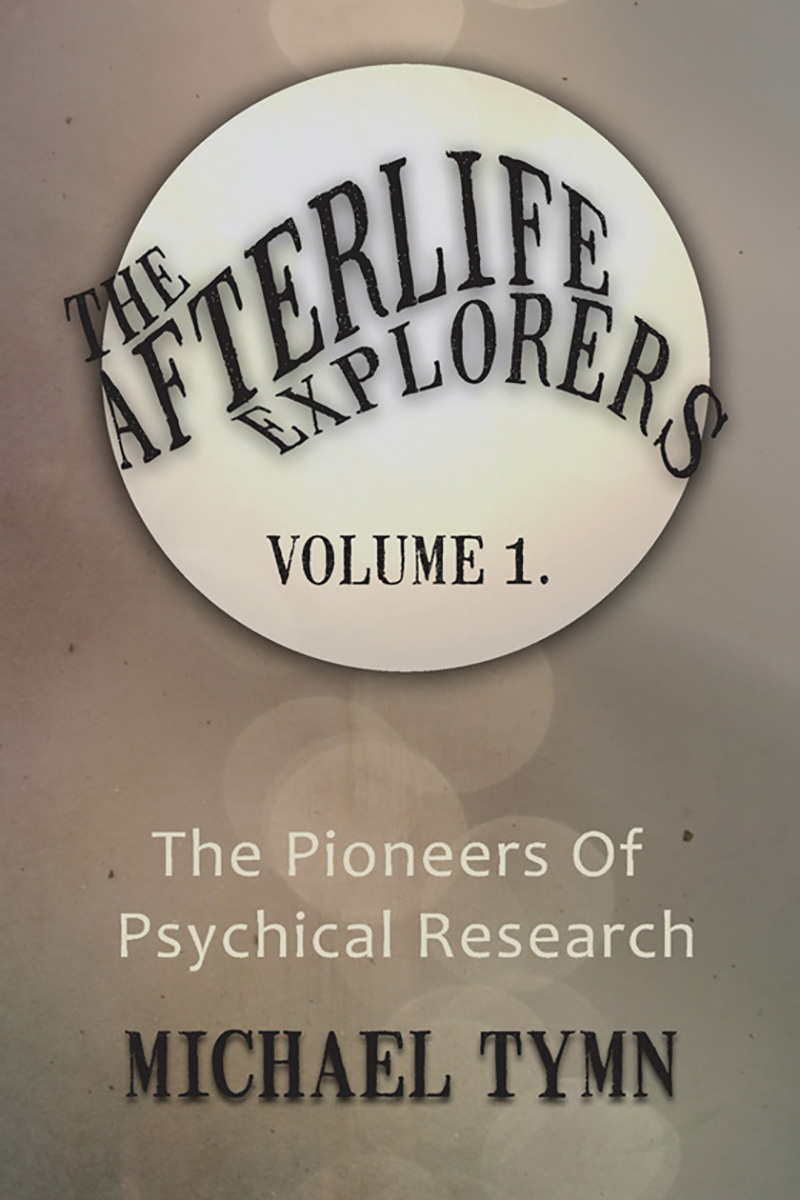Introduction
REVELATION: ANCIENT VS. MODERN
“I have much more to say to you, more than you can now bear. But when he, the Spirit of truth, comes, he will guide you into all the truth. He will not speak on his own; he will speak only what he hears, and he will tell you what is yet to come.
John 16: 12-14
Although I had watched the ABC TV 20/20 special, Heaven. Where Is It? How Do We Get There? when it aired a year or so earlier, I forgot how bad it was and ended up watching the rerun. I had a very difficult time enduring the interviews with various religious leaders, especially the evangelical, whatever his name was, and I would have changed channels were it not for the fact that I knew there would be a few near-death experiencers (NDErs) offering testimony. I could not remember what they had to say and was a little curious. I also forgot that the 20/20 people presented a biased view of the NDE by allowing a debunker to say that the near-death experience is nothing more than the imaginings of a dying brain, while not offering the testimony of one of many credible scientific researchers prepared to counter such a statement.
Unfortunately, the NDErs came at the end and so I struggled through the preceding hour and 40 minutes of the two-hour program. Had I had been a skeptic beforehand, I would no longer be a skeptic. I would be a total disbeliever. The religious leaders, including the evangelical, a Catholic priest, a Jewish rabbi, an Islamic scholar, and the Dalai Lama offered no enlightenment. They simply gave their versions of what ancient books and tradition had to say about a dichotomous afterlife, i.e., the old Heaven and Hell stuff. The Catholic priest made no mention of Purgatory and the Dali Lama did not define “Heaven” or go beyond what he saw as the highest state. Of course, they all painted rosy pictures of Heaven, pretty humdrum nevertheless.
Host and interviewer Barbara Walters ignorantly approached the whole subject with the assumption that 1) there is a “Heaven” and a “Hell,” as taught by orthodoxy, or 2) there is “nothingness,” as the atheist on the panel was so certain of. One was left to conclude from the testimony of the religious leaders that we end our earthly lives being labeled as either “righteous” or “wicked” – no in-between – and our environment is then either positive or negative – Heaven or Hell.
In the blissful state of heaven, we should find, according to some religions, souls who led selfish and hateful lives but who repented on their deathbeds along with other wicked souls who “found” their savior just before dying and suddenly became righteous. Among the tormented, we should expect to find souls who led righteous lives for most of their years but who transgressed just before dying or did not choose the right savior. It is difficult to reconcile much of this with the loving, forgiving and just God they see as governing that afterlife. Indeed, their God often appears cruel, capricious, vindictive, jealous, and wrathful. The “religious” respond to such a charge by saying that God’s ways are beyond our comprehension, and we should not attempt to apply our own standards of justice to something we are incapable of understanding. What a copout!
All of those so-called leaders, except possibly for the Dalai Lama, are clearly locked into ancient beliefs because they accept translations which suggest that revelation ended with whatever old book or books they subscribe to. Any revelation since those books were closed is rejected as fraudulent or inspired by the devil. They disregard the fact that their books have so many parables, so many metaphors, so many similes, so many allegories, so many translations, so many interpretations, so many elucidations of ancient writings that the subject matter lends itself to a semantical maze or nightmare.
Our search for the origins of the Jewish and Christian afterlife beliefs begins in the Old Testament with Genesis 37:35, where Jacob, upon being told that his son Joseph had been devoured by a beast, states he must go down to Sheol in mourning for his son. Exactly what Jacob meant is subject to various interpretations. The other 65 references to Sheol in the Old Testament are similarly vague, some of them suggesting that Sheol simply meant the grave while from others we can infer that it was a shadowy underworld where departed spirits roamed in a state of confusion while awaiting a final resurrection and judgment. The King James Version of the Bible translates Sheol as “Hell” 31 times, “grave” 31 times, and “pit” three times. And, yet, in Job 26:6 and Psalms 139:8, we read that the souls in Sheol still have a connection to God. In Job 14:13, Job asks God to hide him in Sheol until His anger has passed, thereby suggesting that Sheol is not a permanent abode.
In the Septuagint, the oldest Greek version of the Old Testament, Sheol becomes Hades, although Hades is also used in several places to mean other things. In ancient Greek mythology, Hades was also an intermediate state for souls. From there, the blessed would go to Elysium and all others to the infernal regions of Tartarus. “The Greeks termed this place Hades, the Egyptians the Underworld, and the Hebrews Sheol,” Arthur Findlay summarizes it in The Psychic Stream. “These terms all meant the same place, where the dead existed till the arrival of the Saviour-Judge who would separate believers from unbelievers. The believers then went with him to Heaven while the unbelievers were consigned to Hell, a lake of fire under the earth, volcanoes being its chimneys.”
The traditional Jewish thought seems to be that only the very righteous go to Gan Eden (Garden of Eden). The average person goes to an intermediate state, apparently Sheol, for punishment and/or purification, while the wicked go to Gehenna, a place of eternal punishment (although some Jews see Gehenna as the intermediate state). This intermediate state is referred to by Catholics as Purgatory. Catholics point to 2 Maccabees 12:39-46, 1 Corinthians 3:11-15, Matthew 5:25-26, and 12:31-32 to support their belief in the doctrine of Purgatory. Although they do not clearly state it, these passages all suggest a realm where one purges his sins before being admitted to Heaven. A Catholic Internet source quotes St. Augustine from The City of God: “Temporal punishments are suffered by some in this life only, by some after death, by some both here and hereafter, but all of them before that last and strictest judgment. But not all who suffer temporal punishments after death will come to eternal punishments, which are to follow after the judgment.”
The Protestant Reformation attempted to do away with the idea of Purgatory. In fact, it was the primary issue giving rise to the break with the Catholic Church. Martin Luther rebelled against the corruption involved with buying indulgences to shorten one’s sentence in Purgatory. Rather than attempt to make sense of it, Protestantism offered a black and white afterlife, Hell or Heaven, even though the righteous soul does not fully experience bliss of Heaven until after the Resurrection and the wicked soul does not fully realize his punishment until that time. However, at the same time, some Protestant scholars see degrees of punishment in Hell. Pointing to Matthew 11:21-24, Dr. Robert A. Morey, a professor of Apologetics and Hermeneutics at Perry Bible Institute, states that “while all sinners in Hell will be perfectly miserable, they will not be equally miserable.”
According to Morey, the word nephesh is used 754 times in the Hebrew Bible, but it takes on 30 different meanings, ranging from “soul” and “the dead” to “fish” and “dogs,” while the Greek word aion is found in the New Testament 108 times and is given 10 different meanings, including “forever,” “ages,” “occasionally,” and “never.” What we read in the English Bible as “everlasting punishment” meant “age-long pruning” in the original Greek. The modern English versions translate the Old Testament as saying “the dead know nothing” and that we should not be communicating with the “dead.” However, it is my understanding that the original Hebrew word referred to the “spiritually dead,” meaning low-level or earthbound spirits.
If the dead know nothing and we shouldn’t be talking with them, why should we or how can we “test the spirits, as to whether they are of God,” as we are instructed in 1 John 4:1? Why should anyone bother to “discern” what the spirits have to say, as we are counseled in 1 Corinthians 12:10, if they know nothing and we shouldn’t even be communicating with them?
How are we to interpret 1 Thessalonians 5:21, which says to “test them all and hold on to what is good”? Or 1 Peter 1:5, which tells us that we should add “knowledge” to our faith?
If the Bible is to be interpreted literally, then why do Christian leaders ignore all of those Old Testament teachings, such as putting to death both persons in an adulterous relationship (Deut. 22:22), stoning to death stubborn and rebellious children (Deut. 21:18-21), accepting polygamy (Deut. 21:15), sanctioning slavery (Lev. 25:44), not eating shellfish (Lev. 11:10), or not having one’s hair trimmed (Lev. 19:27)?
While religions seem to be locked into this ancient revelation, there has been, whether they recognize it or not, more recent revelation. It seems to have begun with the teachings of Emanuel Swedenborg*, the 18th Century scientist, inventor, and mystic whose clairvoyant visions and/or out-of-body travel allowed him to visit the afterlife realms. The revelation continued with the teachings of Spiritualism and Theosophy during the late 19th Century. Science jumped in with the formation of the Society for Psychical Research in London during 1882, sorting out the charlatans from the true mediums and closely examining the messages coming through the latter to determine if they were in fact originating with discarnate souls. During the 20th Century, science took on the study of past life memories and then began taking a close look at the near-death experience. There is also research going on in electronic voice phenomena, instrumental trans-communication, and induced after-death communication.
But religious leaders have for the most part rejected this new revelation. Christian leaders cite Revelation 22:18, in which John supposedly says that God will punish anyone who adds or takes away anything from the Bible. And, yet, in John 16:12-14, as set forth in the epigraph of this Introduction, we are told that there is much more to learn but the world, at least then, was not yet ready for it. Are we to assume that the world is still not ready for it and will never be ready for it?
And how are we to reconcile Joel 2:28-29, which says: “It shall come to pass afterwards that I will pour out my spirit upon all flesh; and your sons and your daughters shall prophesy, your old men shall dream dreams, your young men shall see visions, and also upon the servants and upon the handmaids in those days I will pour out my spirit.”?
This more modern revelation has come to us in the same way that the ancient revelation did – through mediums of one kind or another, even though those ancient mediums, whether clairvoyants, trance types, direct voice types, automatic writers, or even near-death experiencers, might have been called prophets, seers, saints, or even saviors (or were translated as such). What the ancients called an “angel of the Lord” might now be referred to as a “spirit guide.” Where it is written that “his eyes were opened and he saw a vision,” might be translated today as saying the person was a clairvoyant. The method by which Moses received the Ten Commandments might today be called “direct writing” or “automatic writing.”
If Christian leaders were to closely examine the newer messages, they would realize that the basic teachings of Jesus – Love thy neighbor…, Do unto others…, and You reap what you sow – are also the teachings emerging from the modern revelation. Moreover, many of the current messages pay homage to Jesus and suggest that he pretty much functions in what might be called “Chairman of the Board” on the Other Side. With proper testing and discernment, numerous new teachings edify and clarify Scripture, offering us language that is not muddled and befuddled by human hands and brains.
If they were to open their minds to more recent revelation, after “testing” it and “discerning” it, orthodox leaders would see a much more dynamic afterlife. As Sir Arthur Conan Doyle, the physician who created Sherlock Holmes, said, the revelations coming through spiraling mediumship during the late 19th and early 20th Century abolish the idea of an immediate grotesque hell or fantastic heaven. Rather, we come to understand that the “afterlife” is made up of a number of spheres, levels, dimensions, or planes, however they might be labeled, through which we gradually rise until reaching Oneness – a state, which, we are told, is beyond human comprehension. We also are told that we retain our individuality in this Oneness.
If, as fundamentalists believe, Scripture is the inerrant word of God (vis-à-vis the inspired word of the spirit world manipulated by man), we must conclude that God lacked in communicative skills or in the ability to foresee the confusion concerning the conflicting interpretations given to the Bible after numerous translations. “They [the ancient words of Scripture] have frequently blinded us from seeing and entering the experience they seek to describe because these words are always limited by their time, their culture, and their apprehension of reality,” John Shelby Spong, a bishop of the Episcopal Church, recently wrote.
Much of orthodoxy clearly interprets Scripture in a self-serving, self-stultifying way and does not grasp the fact that the foundation of the Bible is similar spirit communication coming through mediums of one kind or another. “If we were to expunge all accounts of the apparently paranormal from the pages of the Bible, we would be left with an intolerably emasculated volume,” Canon (Dr.) Michael Perry of the Church of England wrote.
“If you had the complete and unamended text of Christ’s doctrines, many a load imposed by man in the name of religion and Christianity would be taken from your shoulders,” a spirit speaking through a trance medium, a young peasant boy, told Father Johannes Greber, a Catholic priest in Germany, in 1923. “Many precepts which you are expected to believe, even though it seems out of all reason, would be discarded because it would be recognized as being wrong, and you, as God’s children, could again breathe freely.” The same spirit communicator previously told Greber that the teachings of Christ are no longer to be found in their original purity and clearness, that entire chapters have been omitted, and that what we now have are “mutilated copies.”
Was that spirit simply a “wolf in sheep’s clothing,” as religious leaders would no doubt claim? What can we believe? Perhaps the best guide is Matthew 7:16: “By their fruits ye shall know them.” The 23rd chapter of Proverbs, seventh verse, which reads, “For as he thinketh in his heart, so is he,” also offers guidance in this respect. It is difficult to read the wisdom that has come through so many credible mediums in recent centuries and believe that the spirits communicating this information are attempting to mislead us, as they offer a much more sensible and more appealing afterlife environment – one that can be reconciled with a loving and just God rather than a cruel, capricious, vindictive, and wrathful one or one who would offer a humdrum Heaven or horrific Hell. From this new revelation we discover a Divine plan – one of attainment and attunement, of gradual spiritual growth, of evolution of spirit through progressively higher (in vibration) planes.
There is so much to be found outside the highly guarded boundaries of mainstream science and orthodox religion for those willing to open their minds to it, for those willing to recognize that the dissemination of Truth did not stop with the good books of organized religion and cannot always be found in the laboratory.
If we are to overcome the sad state of affairs in the world today, science must move from cynicism to true, open-minded skepticism, seriously looking at the results of credible psychical research and parapsychology, while orthodox religion must come out of its fortress and permit its faithful to move from pseudo-faith to true faith, or conviction, by opening itself to the lessons of modern revelation. The media and corporate world must also contribute by placing morality over profit.
Unfortunately, it does not appear that the worldviews of either mainstream science or orthodox religion will significantly change in the foreseeable future. Thus, we can only hope for a gradual spiritual awakening led by scientists, theologians, and business executives who see the errors in their smug, self-serving, self-righteous, closed-minded thinking and courageously go public with their newfound views.
Only then will hedonistic materialism begin to give way to lives of hope, tolerance, patience, purpose, forbearance, kindness, love, and service.
Findlay, Arthur, The Psychic Stream, Psychic Press Ltd., London, 1939, pg. 203
http://www.catholic.com, pg. 4
Morey, Robert A., DEATH AND THE AFTERLIFE, Bethany House Publishers, Minneapolis, MN, 1984, pg. 153
Spong, John Shelby, Rescuing the Bible from Fundamentalism, HarperCollins Publishers, New York, NY, 1991, pg. 245
Perry, Michael, Psychical and Spiritual, The Churches’ Fellowship for Psychical and Spiritual Studies, Lincolnshire, 2002, p. 48
Greber, Johannes, Communication with The Spirit World of God, Johannes Greber Memorial Foundation, Teaneck, NJ, 1979, p. 20

